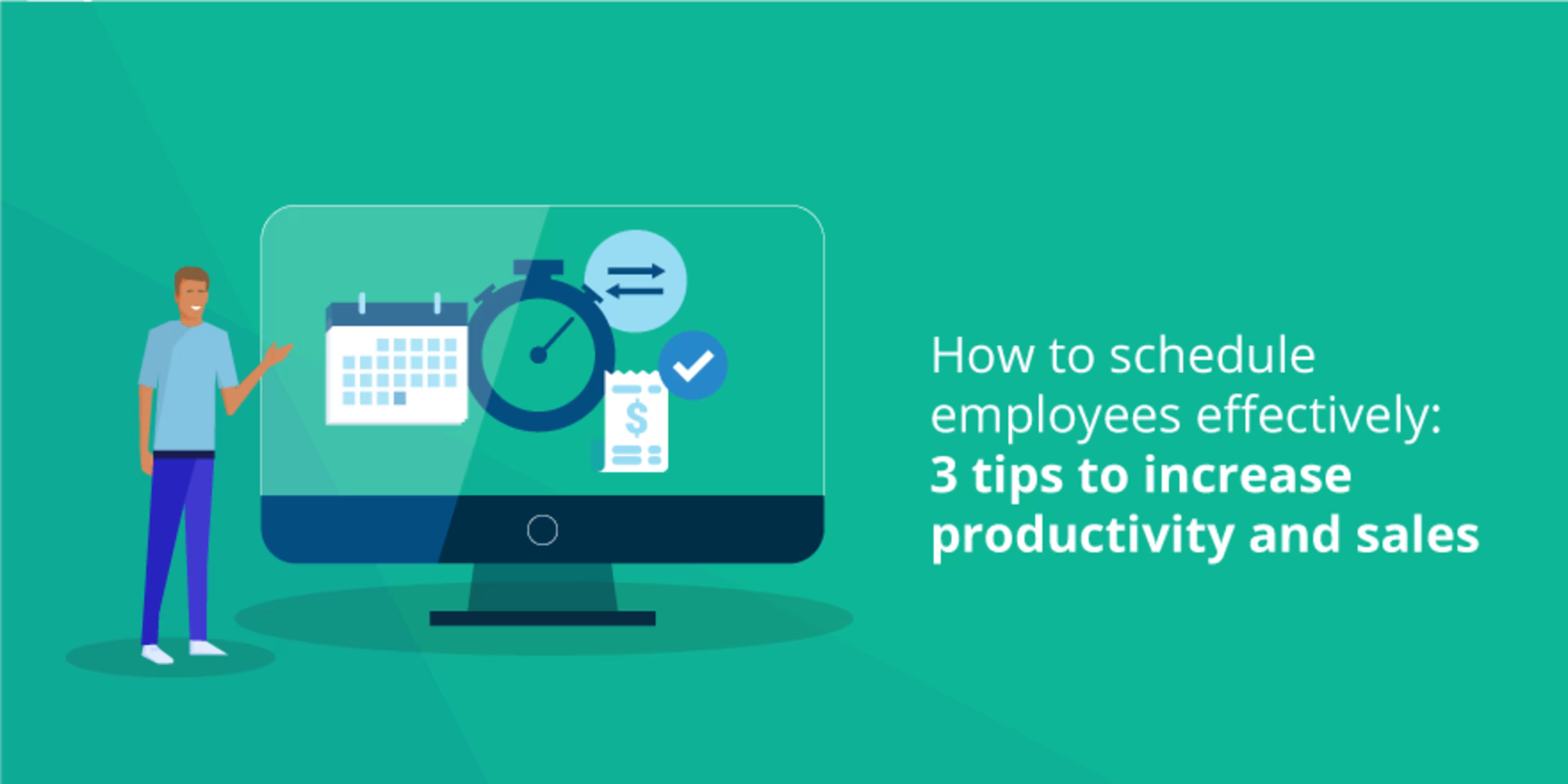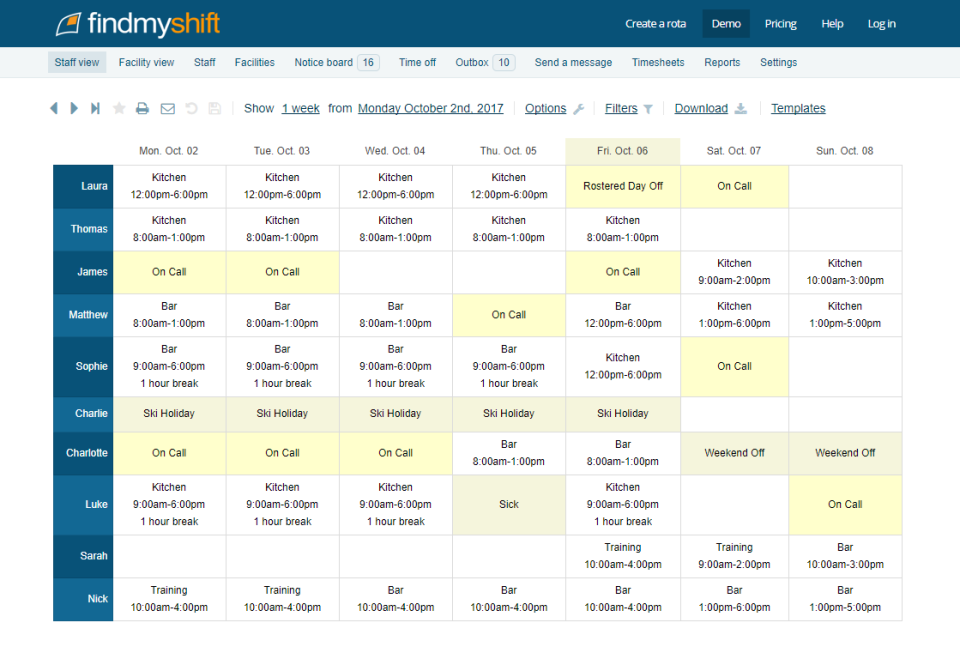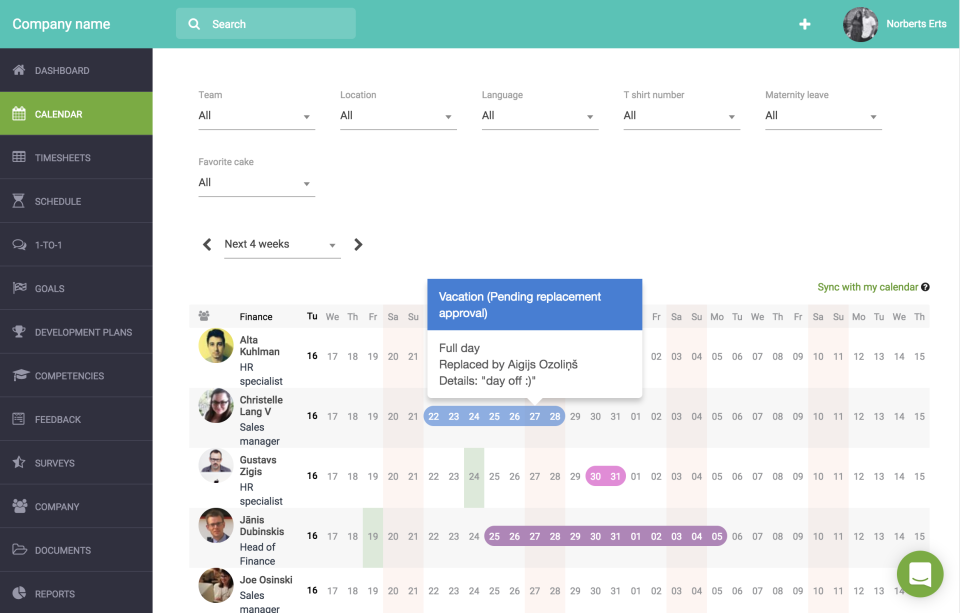Constantly juggling between appropriate staffing and lean budgets? Here are some tips to help you schedule employees effectively.

Employee scheduling is a key challenge not just for the retail industry, but also for other service industries such as hospitality, logistics, healthcare, and foodservice. On one hand, businesses need to ensure appropriate staffing to handle the rush of customers. On the other hand, volatile and unpredictable scheduling wrecks havoc on employee work-life balance.
Often, shift employees are required to work varying shifts every week. They rarely have any control over their schedules and typically only learn their schedules a few days ahead of time. While various companies use different names for such scheduling practices, they are widely known as just-in-time scheduling or customer-centric scheduling.
Recently, Lowe’s adopted a customer-centric scheduling system to ensure employee shifts mirror store traffic. While the system sounds good for business in theory, in reality it limits the number of consecutive days off for employees as well as visibility into and flexibility on scheduling. The change brought less predictability to the lives of employees and negatively affected their work-life balance, ultimately driving down workforce morale.
While conventional wisdom dictates that unstable scheduling is the norm in today’s lean business environments, outliers such as Nando’s and The Gap Inc. show that stable scheduling is not only feasible but can also help improve sales and productivity. And we've got three tips to help you implement it at your business.
3 employee scheduling techniques your business should use
Tip #1: Provide employees better visibility into their schedules
Imagine this—Adam works the cash register of a clothing store. The holidays are coming up and he wants to plan days off with his family. However, holidays are also the busiest time of the year for the store and he has no idea which days or shifts he'll be working next week. In such situations, the lack of schedule visibility is likely to make Adam and employees like him a little disappointed, if not frustrated and/or disengaged.

Drag and drop scheduling in Findmyshift (Source)
For employers, one simple way to avoid such situations is to prepare shifts ahead of time, on paper calendars or attendance registers. Even better, though, is using employee scheduling software to create and share work schedules, as well as send reminders to employees before each shift.
Tip #2: Give employees the flexibility to swap shifts
Last month, Adam’s daughter’s school had a parent-teacher conference on a Saturday morning. But Adam had a morning shift, so he called his manager to request a change. The manager ended up spending three hours trying to find another employee to swap the shift with Adam, and communicate the changes to everyone affected.
This is another situation that can be avoided with the help of employee scheduling software, which makes the process of swapping and exchanging shifts much simpler for employees. In our example, Adam can put up the shift for replacement directly in the software system himself, and any available coworker can claim it. The change is immediate, and visible to everyone involved.
In an experiment at the Gap, about 50% of requests posted one to three days in advance in a shift-swapping smartphone app found takers, and 62% of part-time hourly employees who used the app reported posting or picking up shifts. Overall, 95% of participating employees agreed that the app made it easier to adjust work schedules to meet their needs.
Tip #3: Assess staffing needs and avoid cost overruns
Continuing with our example, let's say that for this month, Adam is on-call on Mondays and Wednesdays. This means he is expected to be available to work on a call’s notice, and can’t schedule any personal commitments for those days. However, if he is not called in, he is not paid for that day, despite having blocked his time off due to the possibility of work.
The unpredictability of on-call scheduling makes it difficult for employees to rely on guaranteed work, a certain income level, or even get a second job to supplement their income. Back in 2016, regulators forced Aeropostale, Vans, Forever 21, American Eagle Outfitters, and a few other retailers to review and change their on-call scheduling practices.
With tools such as retail management software and point-of-sale software, employers can better assess their staffing needs and avoid the need for on-call scheduling. Reporting features in such tools can help employers analyze historical data and identify days/hours that witness the most customer traffic.
With this knowledge, employers can make better scheduling as well as budgeting decisions. They can give employees the reliability and flexibility they need while avoiding cost overruns associated with extra shifts.
Next steps—how to find the right software for your business
Now that you know how software can help you streamline employee scheduling and make it more efficient and effective, you can start exploring the solutions on the market. However, there are certain considerations you should be aware of:
Keep the size and type of your business in mind: The scheduling needs of a restaurant with 10 employees are going to be drastically different from a supermarket with 50 employees. First, know exactly what you want the software to do for you, and how many people are going to be using it, and then start exploring tools on the market.
Earmark a budget for the tool: As a business owner or employer, there is only a certain amount of money you can spare for a tool. For a small business, this might be a few hundred dollars a month, while for a large business this could be a few thousand dollars. Earmark the amount you are comfortable spending on a scheduling tool, and look at options only within that budget.
Rethink your needs: While you could certainly go for employee scheduling software to take care of your scheduling needs, other tools such as retail management software and point-of-sale software can help you do a lot more than scheduling. Specialty businesses such as salons and convenience stores can also explore tools designed specifically for their niche.

